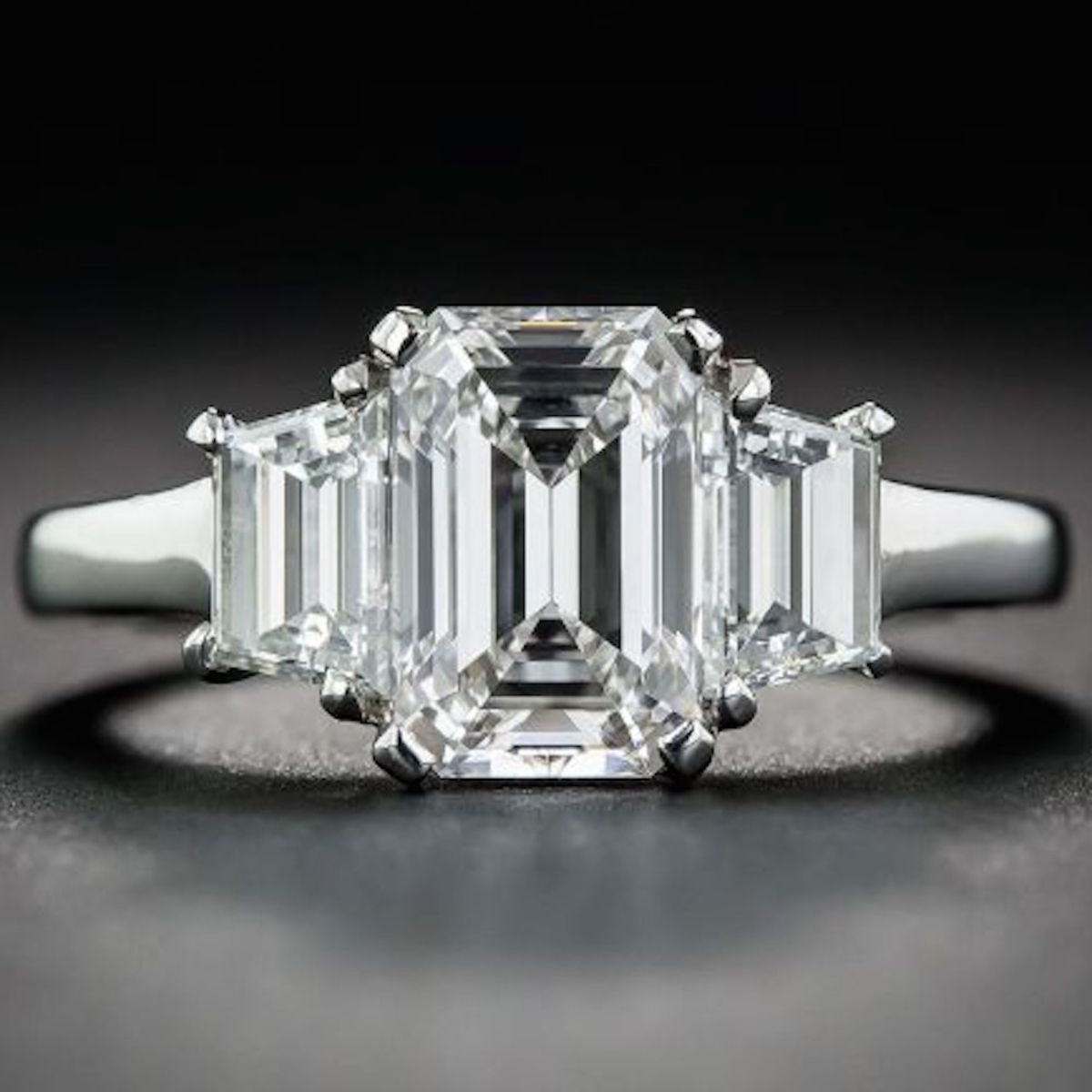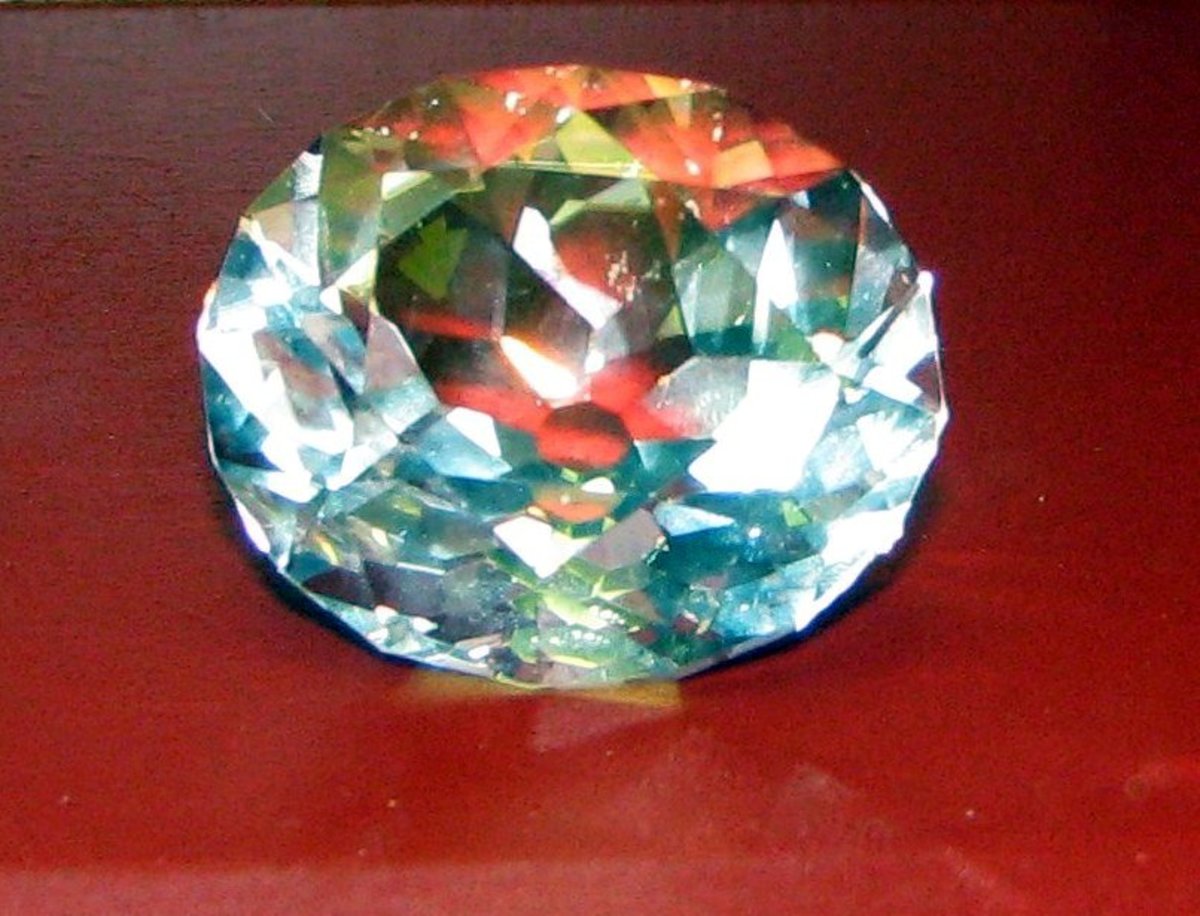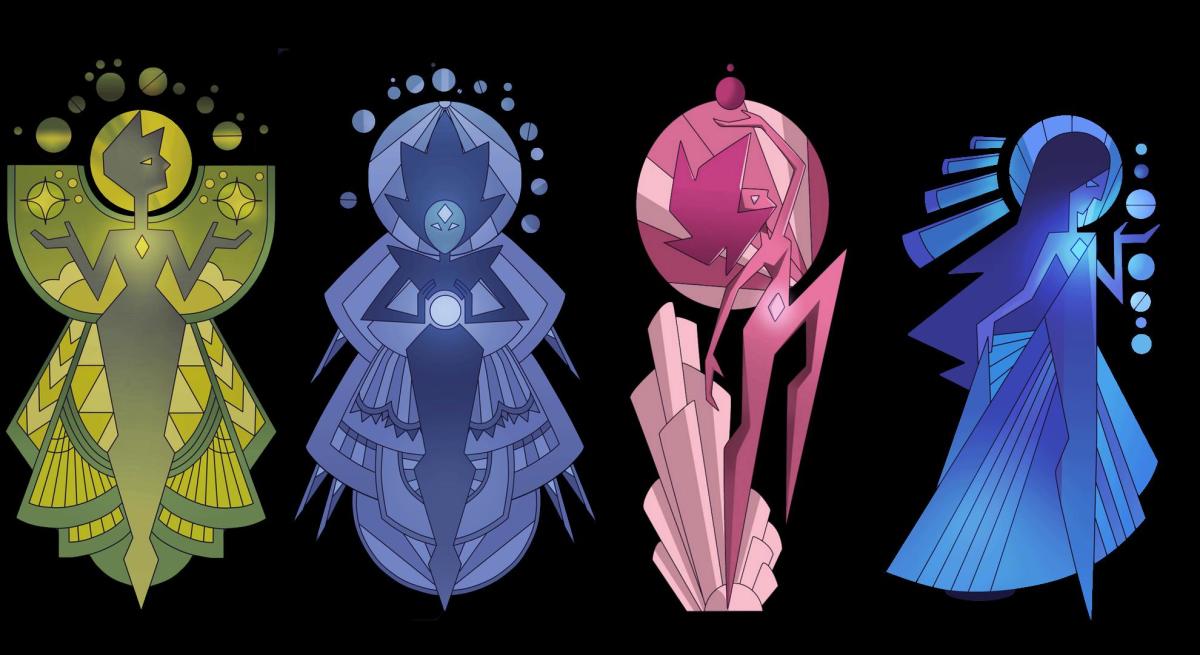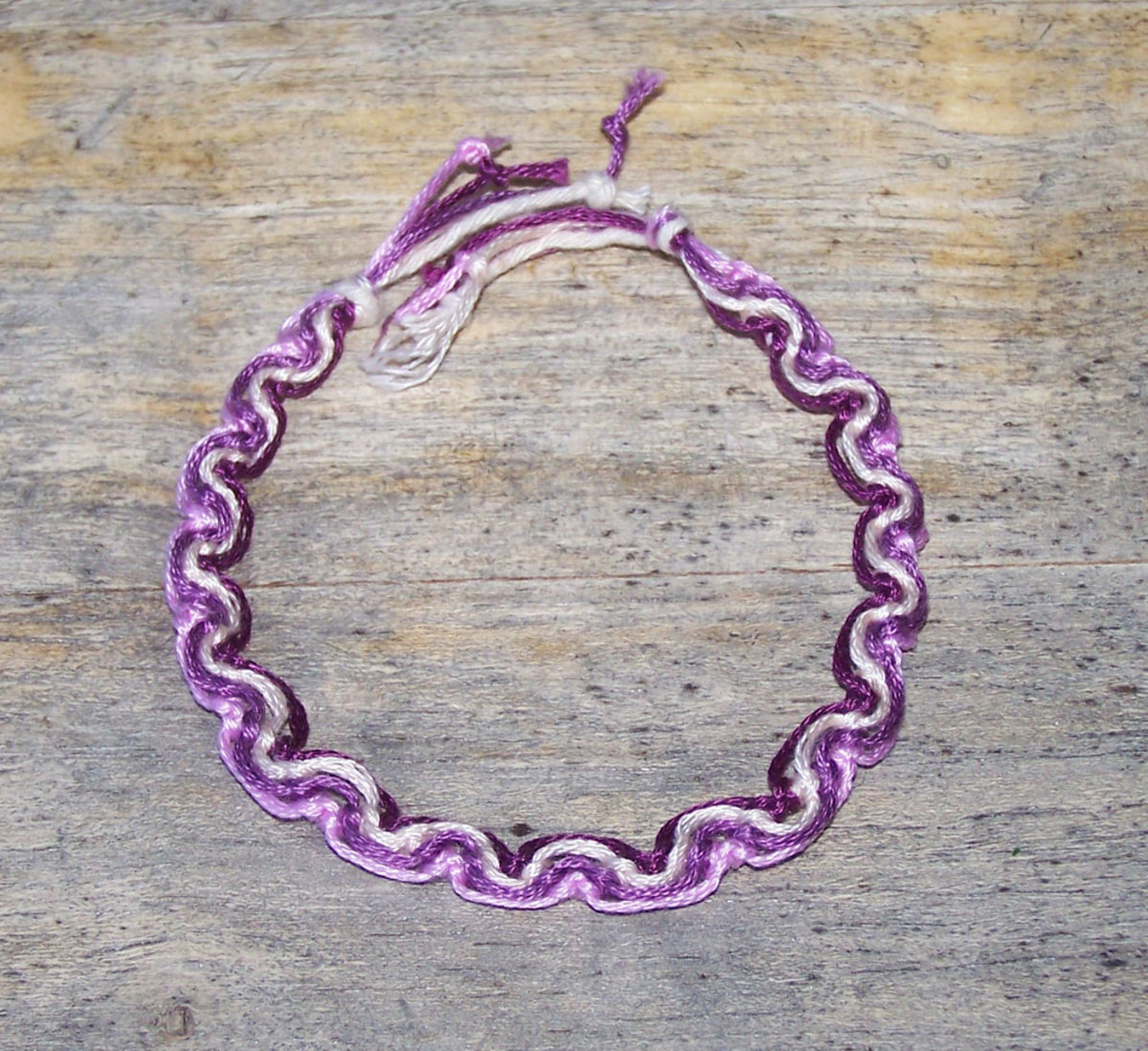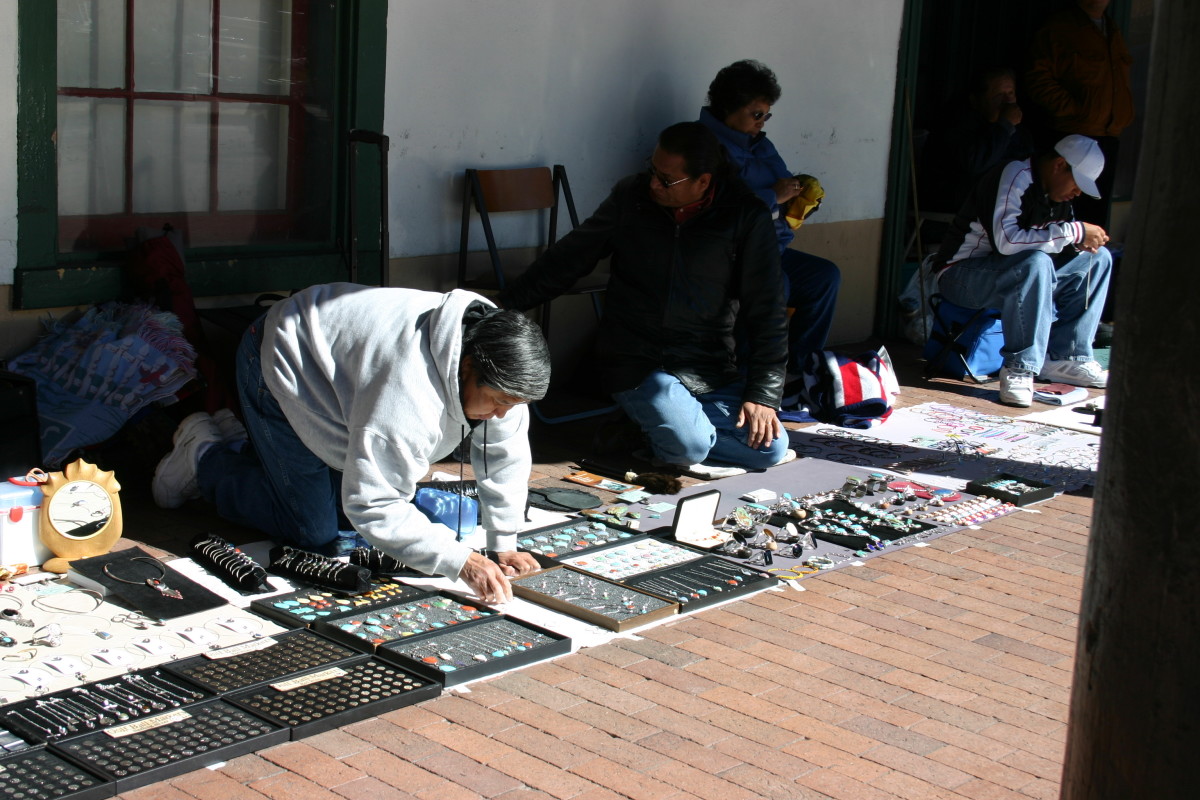How to Evaluate Diamond Clarity
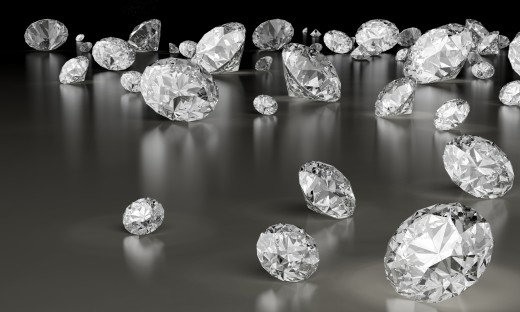
Diamonds are known to be a girl's best friend. But how do you determine whether you are purchasing a diamond of the best quality? One way is to evaluate the diamond's clarity. It is rare to find a diamond that has absolute perfect clarity. However, the goal is to have as few imperfections and flaws as possible.
Evaluating a diamond's clarity is determined by a variety of factors. Many of which will take a trained eye and a jewelers magnifying loupe to catch. Before you dive into evaluating a diamond's clarity, there are some terms that you should be familiar with.
Diamond Blemishes
Diamond blemishes refer to the exterior of the diamond. Many flaws found on the exterior of a diamond are caused during the cutting and polishing stage. Polish marks are generally caused by excessive heat or other irregular factors during polishing. Naturals refers to when spots of the original crystal shows through the polish. Another type of blemish is extra facets. These are when facets are used to get rid of imperfections. Rough girdle is another term used to describe diamond blemishes. This is typically caused by bad workmanship and creates a grainy surface. Surface graining is when there are structural irregularities during crystal growth. These will appear as faint lines. The common blemish occurs when the person wearing the diamond bumps against another diamond or hard surface. This is referred to as abrasions.
Diamond Inclusions
Diamond inclusions refer to flaws within the diamond. There are a variety of different terms and causes for flaws within the diamond. The most common flaw is clouding and a feathering effect. Other imperfections could be coloring, lines, and fractures.
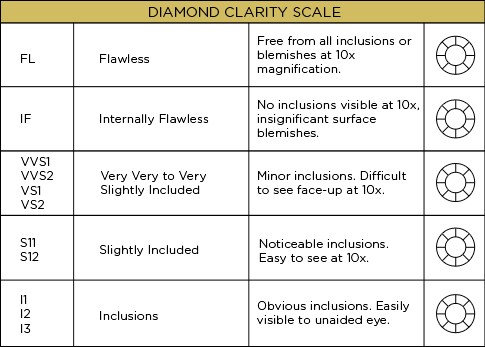
Diamond Grading Scale
The Gemological Institute of America, more commonly referred to as GIA, has developed a grading scale for evaluating a diamond's clarity. This grading scale focuses mostly on diamond inclusions instead of blemishes. This scale is judged by using a hand lope with a 10x magnification. Reflective light is generally used when discovering blemishes in a diamond. However, to better discover diamond inclusions a dark field light is used.
The rarest diamond clarity grade is FI, which stands for flawless. This means that no blemishes or inclusions could be found with regards to the individual diamond. For a diamond to be internally flawless (IF), it would have to be free of any inclusions and only have a few blemishes.
If a diamond has very minimal inclusions it could be scaled as VV1 or VV2, which is two levels of very, very slightly included. These inclusions can be easily missed by even the most experienced diamond expert.
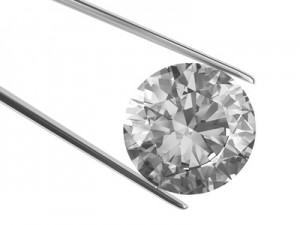
The next levels are V1 and V2. These are two levels of very slightly included. The inclusions are still difficult to see but can be detected by an experienced diamond grader who is good at what he or she does.
Going down the scale there is a grade called SI1 and SI2. This stands for slightly included. These inclusions can be easily detecting when using a 10x hand loupe. Even a novice diamond grader should be able to catch these.
The last three on the grading scale are I1, I2, and I3. These are the grades of diamond clarity that should be caught with the naked eye and considered imperfect. I1 is when inclusions should be seen. I2 is when inclusions are easy to see. I3 is when it is completely obvious that the diamond has inclusions.
Although GIA and the American Gem Society (AGS) do not recognize it, the European Gemological Lab (EGL) has another grade they use when determining a diamond's clarity. The EGL uses SI3, which falls under the slightly included category. To determine which diamond fall into this grade, they have to be at the bottom scale of SI2 and at the top scale of I1.
According to Gary Dutton of Dutton Diamonds, a diamond's clarity can be determined by its formation, mining techniques, cutting and polishing of the diamond, the wearer's care for the diamond, or a combination of these. Some diamonds even go through what is known as clarity enhancement treatments. Laser treatments are permanent and can remove most inclusions but will always leave a laser trail. Fracture filling is when tiny cracks are filled with a clear substance. This is not a permanent fix for fixing the clarity of a diamond. Also keep in mind that the more you tamper or try to enhance the diamond, the less the diamond will be worth.
© 2014 L. Sarhan



